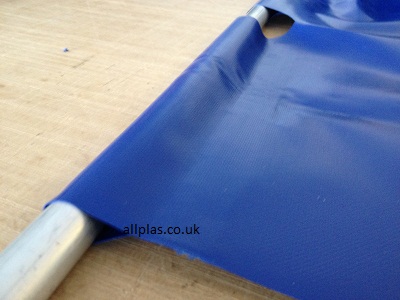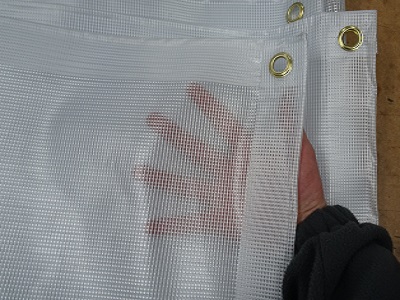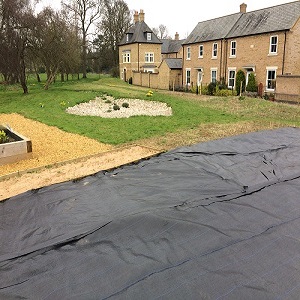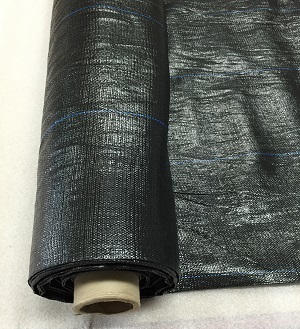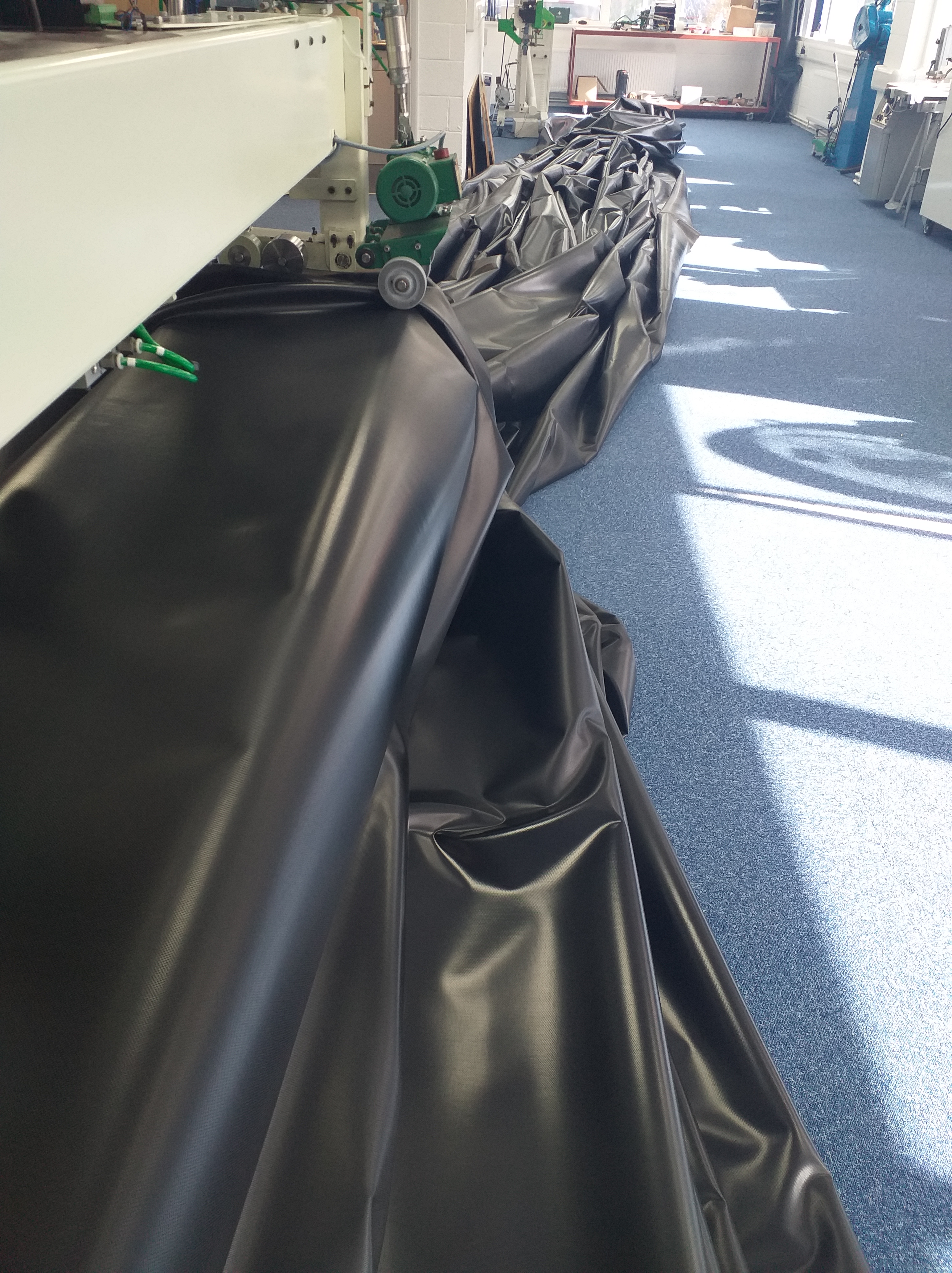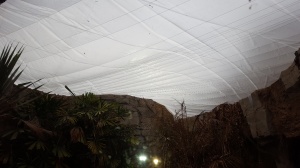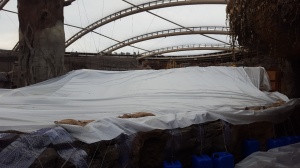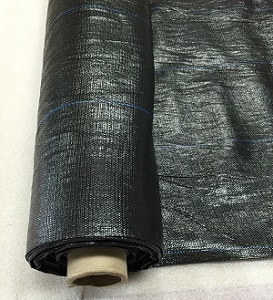Although Tarpaulin originated from canvas sheets being dipped in tar, the process of coating the canvas in tar was called palling hence tarpaulin. Today’s Tarpaulin is usually made from one of the following. Either laminated woven polyethylene (polythene), consisting of woven strands of polyethylene that are then laminated either one or both sides to give the sheeting its waterproof capability or PVC coated polyester which most of us recognise as the material used on the side of curtain sided articulated trucks and inflatable boats.
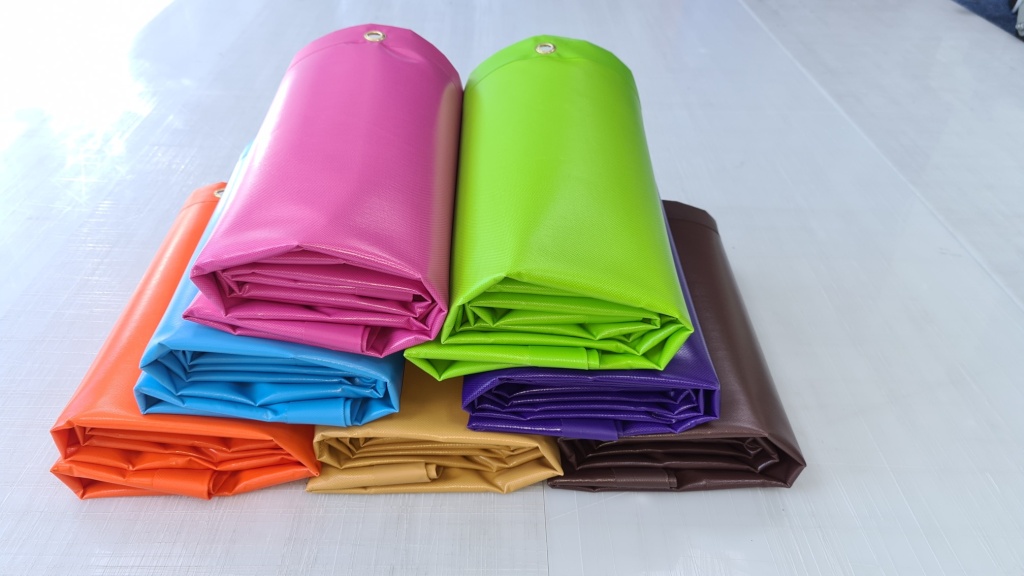
Each material type has its own unique set of properties that make it suitable for different applications and environments.
Tarpaulin, or tarps, are versatile, waterproof fabrics that can be used in a variety of applications. One popular type is woven polyethylene tarpaulin which has many advantages and some drawbacks.
Pro’s and Con’s.
Firstly, the woven polyethylene product.
Woven polyethylene products are lightweight and usually start at about 60gsm (grams per square metre). This makes them easy to transport and handle while still offering reasonable strength and durability. The material is also UV resistant, but it will still degrade over a short number of years when exposed to sunlight. Another advantage is that it is relatively inexpensive compared to other types of tarpaulin materials. Cheap, as you would expect something this light and thin usually mass produced in the far east has little value.
On the downside however, woven polyethylene isn’t as tough or puncture resistant as some other varieties of tarps. So, this can chafe quite easily and create areas that no longer hold back standing water. Also, the heaviest woven laminated polyethylene tarpaulin you can find is about 250gsm (grams per square metre), whilst the weft and weave are generally much tighter and the product would be laminated on both sides, it will still break down in the sun quicker than PVC materials and the lamination when chafed will still let water through.
PVC Coated Polyester.
PVC coated polyester starts at about 400gsm although the Allplas standard range and made to measure range of Tarpaulins are produced from 610gsm material.
The polyester fabric that is embedded in the pvc is itself incredibly strong and will last for many years, this is then passed through a machine which dips the fabric into the pvc, not only coating both sides but flowing into the polyester weave. Fitted correctly we have certain knowledge of this material being perfectly serviceable beyond ten years of life and even customers who use sheets from us day in and day out do not come back for replacements until at least 4 years have passed. Allplas.co.uk have supplied this material for pond liners, roofs and of course Bouncy Castles so rest assured this is the good stuff.
Allplas Tarpaulins are also available in 900gsm which as you can imagine are incredibly strong, however not usually an advantage over the allplas 610gsm tarpaulin and of course much heavier.
All Allplas Tarpaulins are made in the UK and fitted with solid brass eyelets at intervals never exceeding 500mm and we also offer alternatives to eyelets such as polehems in our 610gsm range. Polehems are a hem formed by creating a loop that a pole can be pushed though, cut outs can be made at suitable locations to allow ropes or ratchet straps around the pole, thus creating a method of applying more tension overall to the sheet and taking away the stresses at points only where the eyelets are.
PVC coated polyester tarpaulins from Allplas are also available in a multitude of colours and can be supplied in as flame retardant.
So be careful when choosing what sellers describe as heavy duty as the heaviest they may sell could be as light as 220gsm whereas the Allplas Heavy Duty Tarpaulin is 610gsm.
Check out our allplas.co.uk website today to view our range and if you have any questions about the Allplas Tarpaulins please feel free to send us an email or call sales@allplas.co.uk 01462682663
https://www.allplas.co.uk/acatalog/Tarpaulins.html


